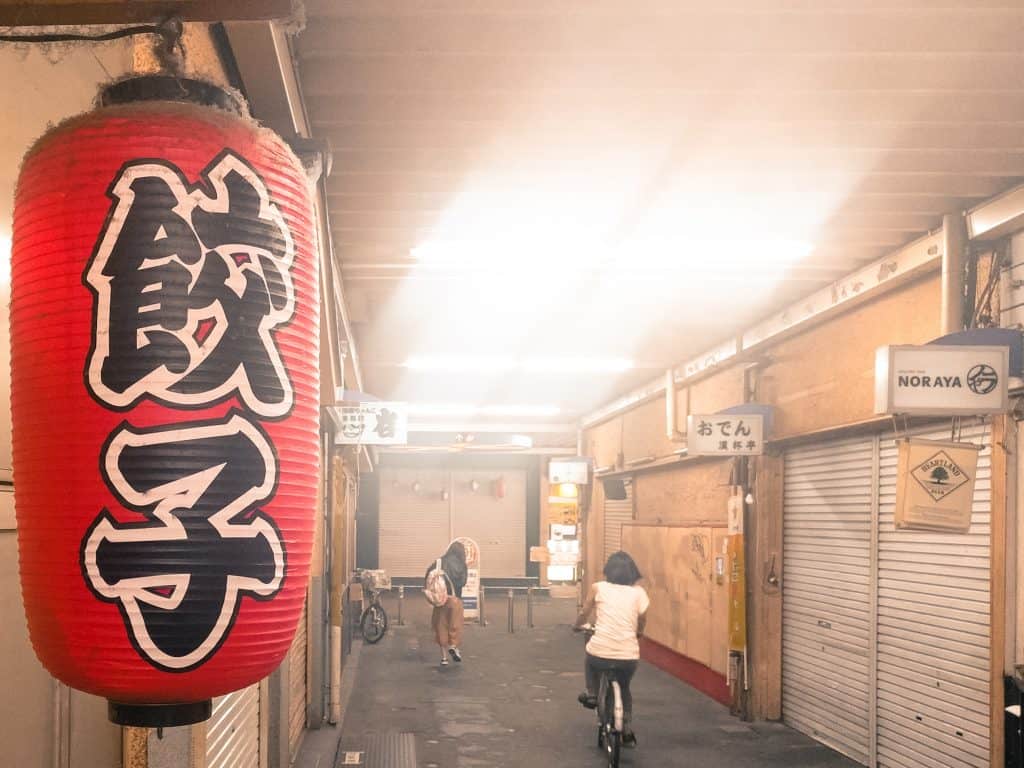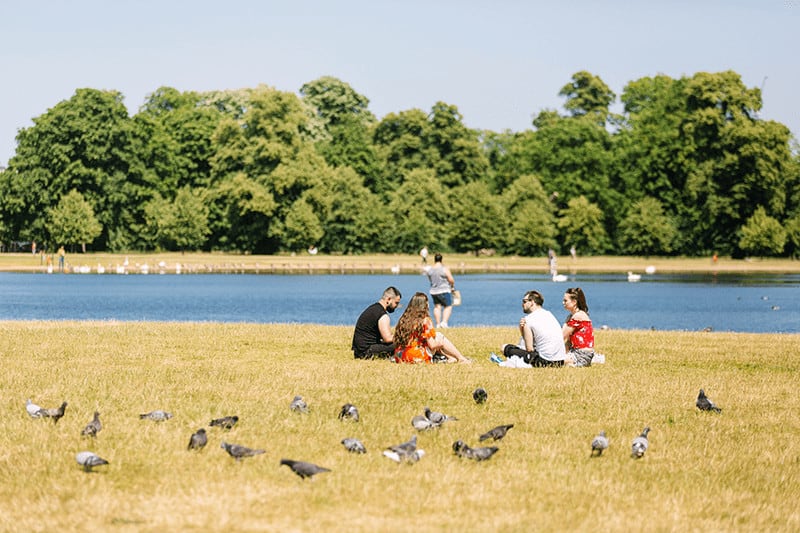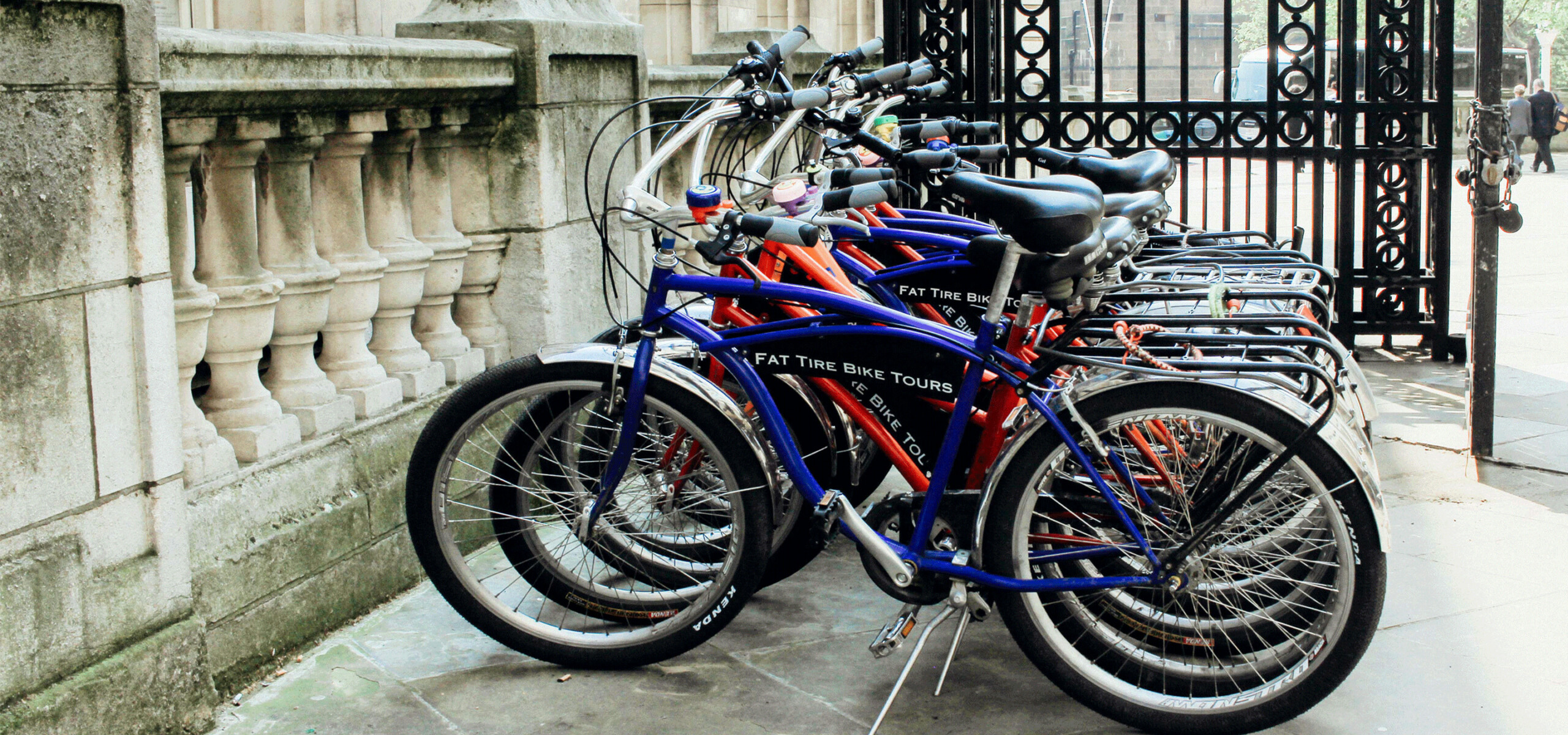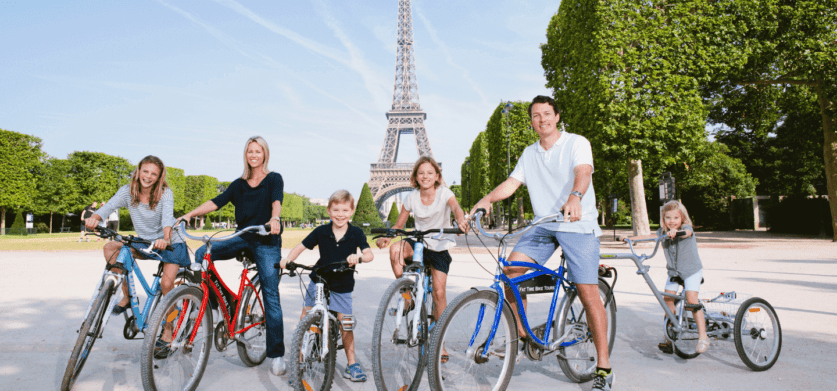Originally posted by William Mollers on his blog: berlindetails.com. In this blog post series, William takes us with him as he strolls through Berlin and shares his impressions of Berlin’s various districts from both a historical perspective and from behind his lens.
One day I had been scheduled to work, but the shift didn’t pan out. At first I was a bit bummed about not working, but then I looked up at the heavens and a beautiful shining sun looked back like it was August 2014 and I decided to take advantage of it and so I went for a bicycle ride down to Treptow and Plänterwald.
I didn’t really plan this exploration, I really just wanted to enjoy the sun, but didn’t want to head far away from home (which is near Lausitzer Platz in Kreuzberg). So I began by heading to the most obvious place, Görlitzer Park.
In summer Goerlitzer Park is always packed full of wanna-be hippies, hipsters, parents and other layabouts. Last monday it wasn’t empty, but it certainly was surprisingly quiet for such a perfect day, making me feel a bit alone, so I decided to continue on as quickly as possible.
So I cycled on through the entirety of the park until I came to the bridge crossing over into Treptow. This bridge is one of my favourite things in Berlin as it is one of the few details left that give away Goerlitzer Park’s previous incarnation as one of the largest train stations in Berlin.
Now Goerlitzer Park… Goerlitzer Bahnhof circa 1928 courtesy of Wikimedia Commons
Cycling over it, the history constantly hitting me like a brick, I couldn’t help but appreciate it as a park in current Berlin, as a lot of people in Kreuzberg wouldn’t have regular access to a park if it was still a train station. But I had the urge to move on and so did the wheels of my bicycle.
Eventually I entered Treptow and with that had also crossed a former east – west Berlin border. I elected to continue south-east on Kiefholzstrasse and to simply see what would crop up. Eventually I saw a road, Plessenerstrasse, that turned off Kiefholzstrasse at a funny angle and so thought it might be interesting to walk down it. I parked my bicycle on the side of Plessenerstrasse, took out my camera and took in the first thing I saw: the church of commitment (die Bekenntnis Kirche).
Built in 1930, but well preserved, it gave off such a warm feeling: earthy, raw, yet organised. For me this church is ideal architecture and whilst I am not religious, I can always appreciate a good church and the effort that went into building it. In addition to appreciating it’s architecture, I found out that the church was a testament to two things which have greatly influenced Berlin’s history. The holes on the last photo are bullet holes that remain from the second world war and during the late ninety-eighties the church was a refuge for those fighting against the communist dictatorship.
So after having taking a few minutes more to appreciate the church and it’s significance, I unlocked my bicycle and continued by heading along Elsenstrasse in a south-westerly direction. I don’t know why I suddenly changed course, I just wanted to. And I am glad I did, because I came to a neat little park which happened to previously be the Berlin wall.
From the small park I deviated back south-east towards Kiefholzstrasse and stumbled upon an area which I had previously only see on google maps: the Schreber-gardens of Treptow / Plänterwald.
Schreber-gardens began in Germany in the mid 19th century as a response to the growing size of cities and the correspondingly little amount of greenery in them. Community groups throughout the country began lobbying city councils for tracts of land upon which citizens could build small huts, grow food and other beautiful plants. Today these still exist all over Germany and in Berlin alone there are more than 65,000 of them. (credit: wikipedia)
Being amidst all of these allotments and small houses (there were literally more than one hundred where I was) gave me the feeling of being in a village. Everyone had their own garden, you could pop across easily to see your neighbour and you could perv on anyone you saw fit.
Certainly Schreber-gardens have the reputation of being places full of busybodies, but the whole idea in and of itself is awesome: greenery, space and fresh air in the middle of the city.
I live in an apartment and so having a place of respite would be great and who knows, perhaps I will organise a Schreber-garden for myself in the future one day.
But for this moment I will limit myself to little explorations like this and enjoy the beautiful work of others! So thank you again for reading Berlin Details and till the next time I will leave you with a little reminder that Spring is here!
Will



